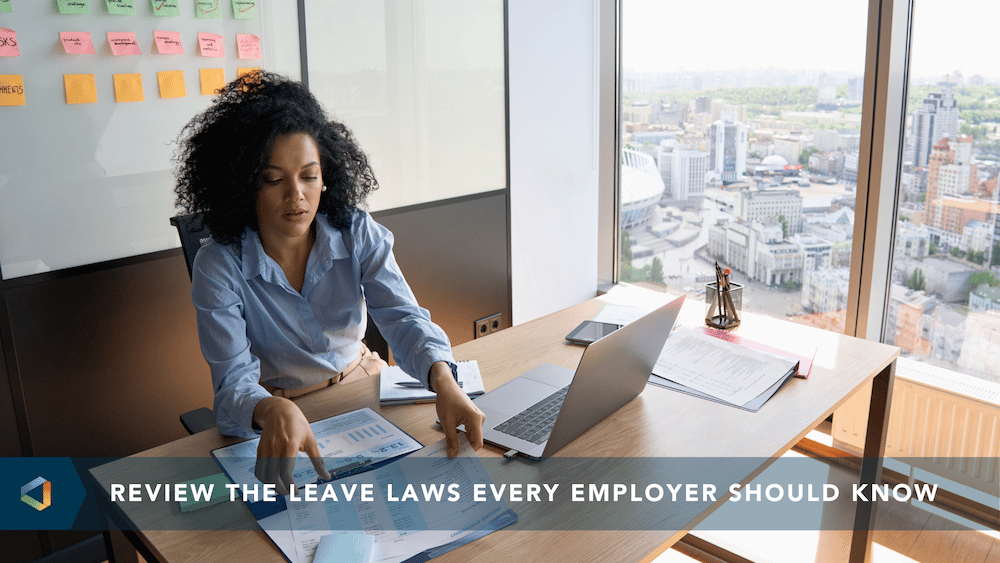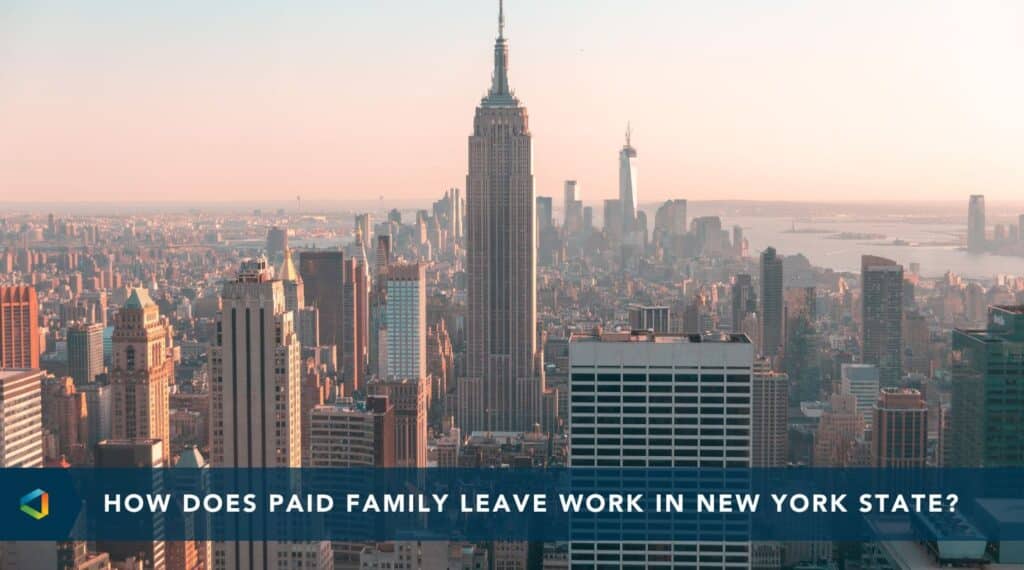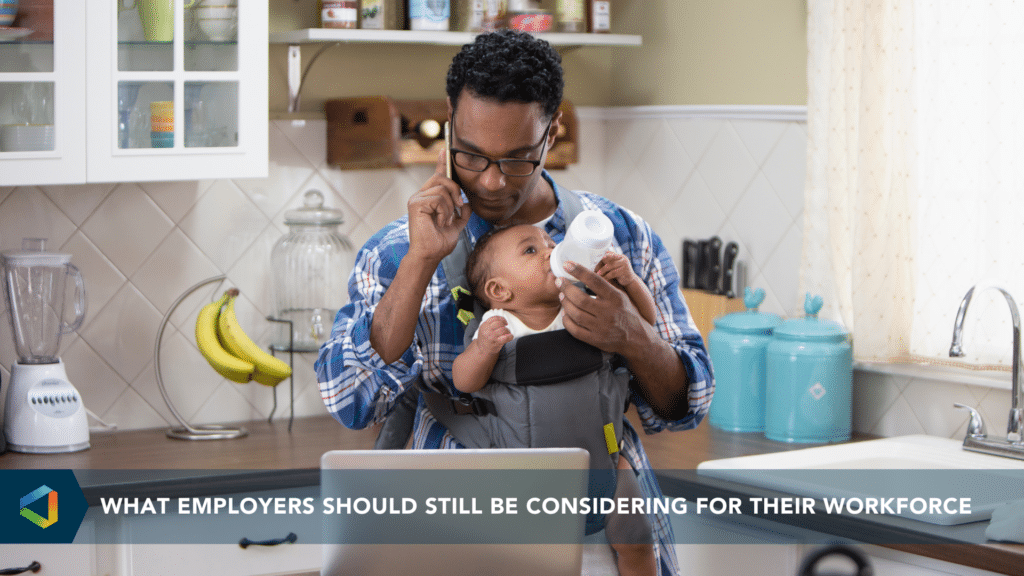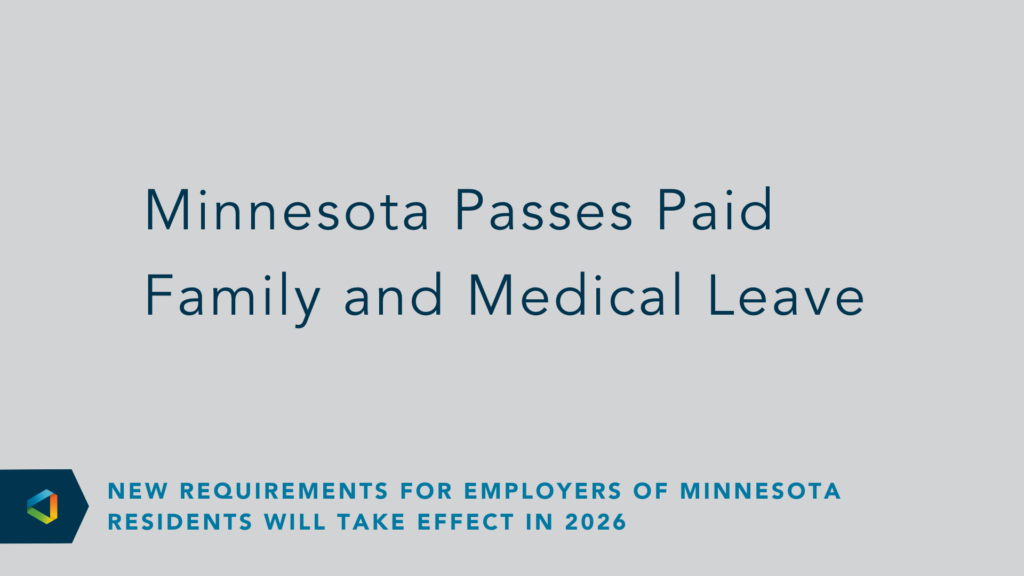Compliance Confidence
COVID-19 Protected Leave: What Federal Law Applies to Coronavirus Related Leaves?
COVID-19 Protected Leave: What Federal Law Applies to Coronavirus Related Leaves?
Update: On September 11, the Department of Labor (DOL) responded to the U.S. District Court for the Southern District of New York August 3, 2020 decision invalidating portions of the regulations.
Read the latest developments here.
With the recent passage of the Families First Coronavirus Response Act (FFCRA), employers may be left wondering what law governs when an employee takes leave due to a COVID-19 reason.
The Family Medical Leave Act (FMLA) generally requires a covered employer to grant eligible employees job-protected leave for a qualifying family or medical reason, including certain military-related circumstances. Common protected leaves related to the recent pandemic that fall within the scope of FMLA include:
- Up to 12 work weeks, unpaid leave for care of an immediate family member who has a serious health condition,
- Up to 12 work weeks unpaid leave because of the employee’s own serious health condition.
A major feature of FMLA is that a covered employer is required to maintain group health plan benefits for an employee on FMLA leave on the same terms and conditions as if the employee had continued to work during the leave. When the employee returns from FMLA leave, the employer must restore the employee’s group health coverage and other benefits.
FMLA applies to private-sector employers with 50 or more employees, and all public agencies (federal, state, and local governments) and local educational agencies, regardless of number of employees. Eligible employees must have worked at least 12 months and for at least 1,250 hours during the 12 months preceding the start of the leave.
The Families First Coronavirus Response Act (FFCRA), signed into law on March 18, 2020, provides additional protections to employees of small employers. Notably, it expands FMLA and provides sick paid leave for leaves related to COVID-19.
The FFCRA’s Emergency Family and Medical Leave Expansion Act provides eligible employees job-protected leave:
- Up to 12 workweeks, paid leave for due to an employee unable to work (or telework) due to a need for leave to care for a son or daughter, under the age of 18, if the school or place of care is closed, or the child care provider is unavailable because of a public health emergency.
Under this expanded event, employees out on this leave are entitled to compensation. The first 10 days of the leave consists of unpaid leave but employees may opt to use any accrued paid time off, vacation time, sick leave, or other paid leave (include sick leave as discussed below). After which, the employer must pay at least 2/3 of an employee’s regular pay rate, capped at $200 per day, $10,000 in aggregate. The number of hours is based on the employee’s otherwise normally schedule work over the 6-month period prior to the leave.
This law applies to private employers under 500 employees, as opposed to the 50-employee threshold for standard FMLA, and certain public agencies that employ 1 or more employees. Additionally, the definition of eligible employee for this new leave is expanded to include those after only just 30 calendars days of hire. Note, employers of health care providers or emergency responders may elect to exclude such employees from eligibility for the leave provided under the Act.
The FFCRA’s Emergency Paid Sick Leave Act also applies to private employers with under 500 employees, and certain public agencies that employ 1 or more employees. It provides that paid sick leave to employees who are unable to work, or telework, due to:
- Employee is subject to a Federal, State, or local quarantine or isolation order related to COVID-19;
- Employee has been advised by health care provider to self-quarantine due to concerns related to COVID-19;
- Employee is experiencing symptoms of COVID-19 and seeking a medical diagnosis;
- Employee is caring for an individual who is subject to an order or been advised to quarantine by a health care provider;
- Employee is caring for a son or daughter if the school or place of care has been closed, or the child care provider is unavailable, due to COVID-19; and
- Employee is experiencing any other substantially similar condition specified by the Secretary of HHS in consultant with Secretary of Treasure and the Secretary of Labor.
For scenarios 1-3, compensation is the greater of the (1) employee’s regular pay, (2) the minimum wage in effect under the Fair Labor Standards Act (FLSA), or (3) the state/local minimum wage in effect, capped at $511 per day; $5,110 in aggregate. For scenarios 4-6, compensates is (1) 2/3 of the greater of the employee’s regular pay, (2) the minimum wage in effect under FLSA, or (3) the state/local minimum wage rate in effect capped at $200 per day; $2,000 in aggregate.
All employees are eligible, regardless of length of employment. However, employers of health care providers or emergency responders may elect to exclude such employees from eligibility for the leave provided under the Act. Full-time employees are entitled up to 80 hours and part-time employees are entitled to a pro-rated amount, based on the average number of hours over a 2-week period.
The FFCRA is effective April 1, 2020 and sunsets on December 31, 2020.
So how does this all play out?
| Scenario | Does FMLA Apply? | Does FFRCA Emergency FMLA Apply? | Does FFCRA Emergency Paid Sick Leave Apply? |
|---|---|---|---|
| Employee is afraid of meeting in a group and refuses to go to work | No | No | No |
| Employee is experiencing symptoms and awaiting test results related to COVID-19 | No | No | Yes
Up to 80 hours (pro-rated for part-time) paid leave subject to FFCRA max |
| Employee is slightly ill with COVID-19 | Yes, if medical professional requires employee to stay home
Group health plan benefits continue, same terms and conditions |
No, regular FMLA applies | Yes
Up to 80 hours (pro-rated for part-time) paid leave subject to FFCRA max |
| Employee is severely ill with COVID-19 | Yes
Group health plan benefits continue, same terms and conditions |
No, regular FMLA applies | Yes
Up to 80 hours (pro-rated for part-time) paid leave subject to FFCRA max |
| Employee is caring for a family member who is severely ill with COVID-19 | Yes
Group health plan benefits continue, same terms and conditions |
No | Yes
Up to 80 hours (pro-rated for part-time) paid leave subject to FFCRA max |
| Employee has been exposed to someone with COVID-19 and order to quarantine | No | No | Yes
Up to 80 hours (pro-rated for part-time) paid leave subject to FFCRA max |
| School, or other place of care, closed due to COVID-19 and employees has no childcare for son or daughter | No | Yes
Group health plan benefits continue, same terms and conditions Entitled to pay, after first 10 days |
Yes
Up to 80 hours (pro-rated for part-time) paid leave subject to FFCRA max |
| Employee is immunocompromised and advised to self-quarantine | No | No | Yes
Up to 80 hours (pro-rated for part-time) paid leave subject to FFCRA max |
| Employer ordered to close business due to a federal, state and/or local requirement | No | No | Yes
Pending Further Guidance |
| Employer reduces employee hours due to business slowdown | No | No | No |




